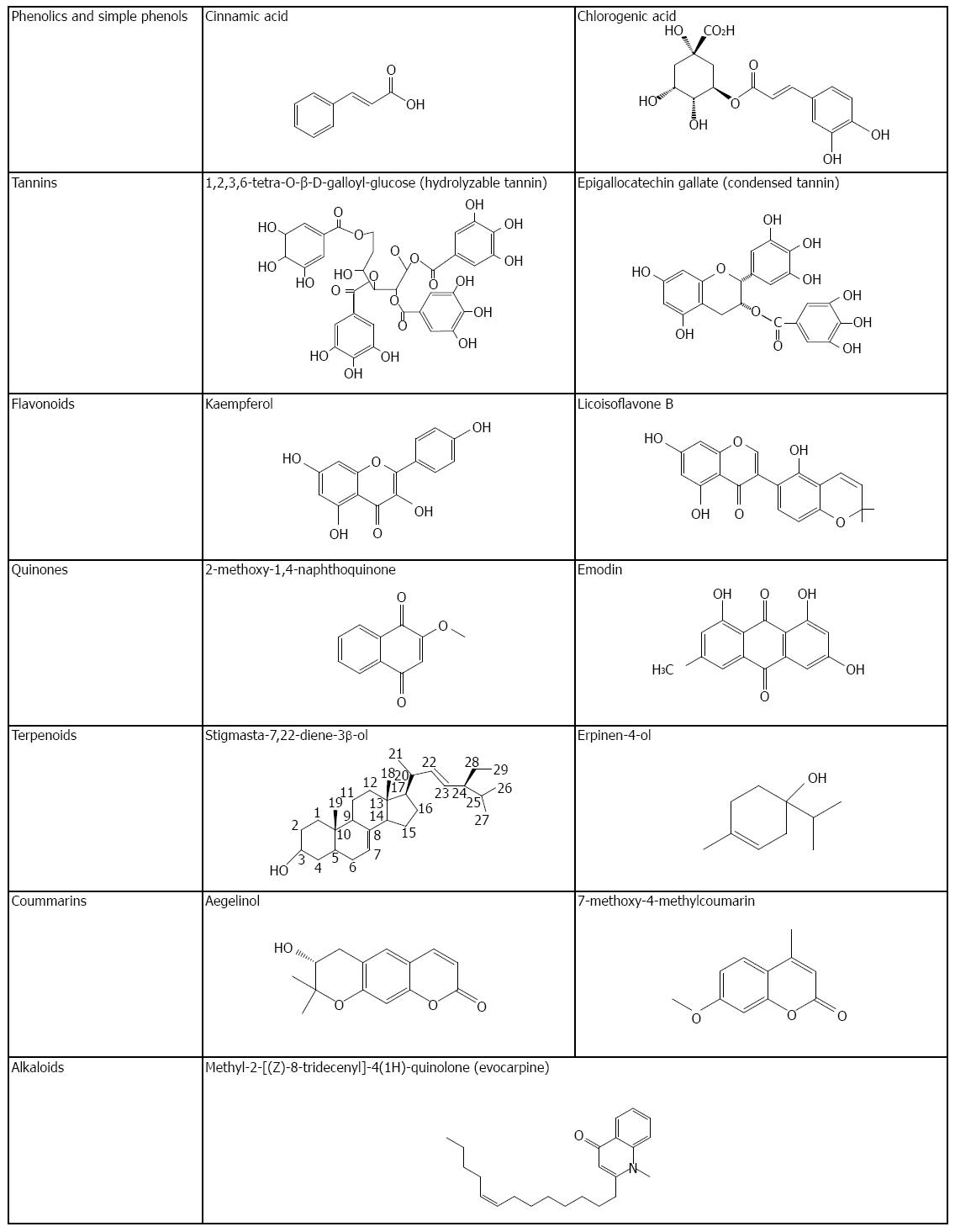Copyright
©2014 Baishideng Publishing Group Inc.
World J Gastroenterol. Aug 14, 2014; 20(30): 10368-10382
Published online Aug 14, 2014. doi: 10.3748/wjg.v20.i30.10368
Published online Aug 14, 2014. doi: 10.3748/wjg.v20.i30.10368
Figure 1 Signal transduction and immune response in Helicobacter pylori infected gastric epithelial cells.
A: VacA-induced apoptosis; B: NF-κB pathway; C: Mitogen-activated protein kinase pathway; D: Nox-1 pathway; E: IL-8/neutrophil pathway[5,8-12,14-17,19,25-39]. LPS: Lipopolysaccharide; IL: Interleukin; TLR4: Toll-like receptor 4; NF-κB: Nuclear factor-kappaB; NIK: NF-κB-inducing kinase; VacA: Vacuolating cytotoxin A; CagA: Cytotoxin-associated gene antigen; PAK1: p21-activated kinase; IKKα/β: IκB kinase α/β; MAPK: Mitogen-activated protein kinase; MKK4: MAPK kinase 4; MEK1/2: MAPK/ERK kinase 1/2; INF-γ: Interferon-γ; TNF-α: Tumor necrosis factor-α; NOD1: Nucleotide-binding oligomerisation domain protein 1; COX-2: Cyclooxygenase-2; ICAM-1: Intercellular adhesion molecule-1; iNOS: Inducible nitric oxide synthase.
Figure 2 Chemical structures of some anti-Helicobacter pylori compounds from medicinal plants.
-
Citation: Wang YC. Medicinal plant activity on
Helicobacter pylori related diseases. World J Gastroenterol 2014; 20(30): 10368-10382 - URL: https://www.wjgnet.com/1007-9327/full/v20/i30/10368.htm
- DOI: https://dx.doi.org/10.3748/wjg.v20.i30.10368










